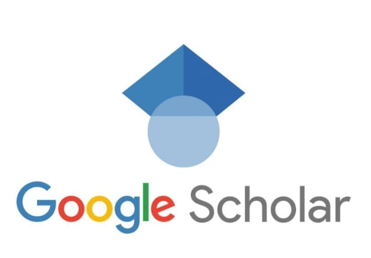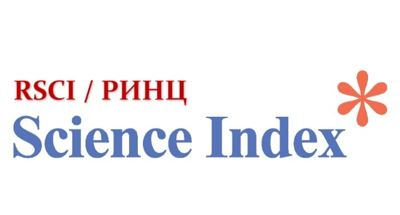Cornell potential in collisional quark-gluon plasma
Views: 338 / PDF downloads: 395
DOI:
https://doi.org/10.32523/2616-6836-2023-142-1-16-25Keywords:
quark-gluon plasma, quarkonium, effective potential, dynamical screening, dielectric function, collisional QGPAbstract
In experimental studies of quark-gluon plasma at accelerators, charmonium and bottomonium play an important role, since their onset of dissociation is one of the few signs of phase transition in a hot and superdense medium. These particles represent the bound states of the heavy quark and antiquark of charm and bottom flavour, respectively. One of the well-studied research methods is considered to be phenomenological model, where the interaction between quarks is described by the Cornell-type potentials , as well as its modifications. This article examines the influence of the movement of charmonium and bottomonium in an environment on the potential, using dynamic screening. For screening, the dielectric function of the wake field has been used by analogy with the electrodynamics of an ordinary plasma, in view of the similarity of description, which is characteristic only for these bound states. This dielectric function has been obtained from a collisional plasma based on the Boltzmann equation with the Bhatnagar-Gross-Krook collision operator. As a consequence, the equation describes the medium as rarefied gas with pair collisions between particles. Effective potentials between quarks in a given medium are constructed using the method of random-phase approximation. Potentials were obtained as a function of the relative motion of bound states in the medium and the collision frequency of counterpropagating particles. The characteristic changes in the potential in the direction of particle motion are graphically shown depending on the magnitude of these parameters.









